'9' and 9 are both integer constants.
- 9 has integer value of nine
'9' - has integer value of the (usually) ASCII code of symbol '9'. It is 57 It is for our convenience when we deal with strings and characters.
char c = '9';
int a = 44;
int b = a - c;
char is also integer type having size 1 (sizeof(char) is by definition 1) Variable c has integer value of 57.c is being converted to int and it is subtracted from a (44-57). The result is assigned to b
ASCII table:

There are other coding conventions and standards (like EBCDIC), but it is very unlikely nowadays to work on the machine which uses them
